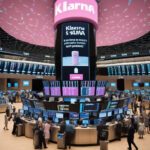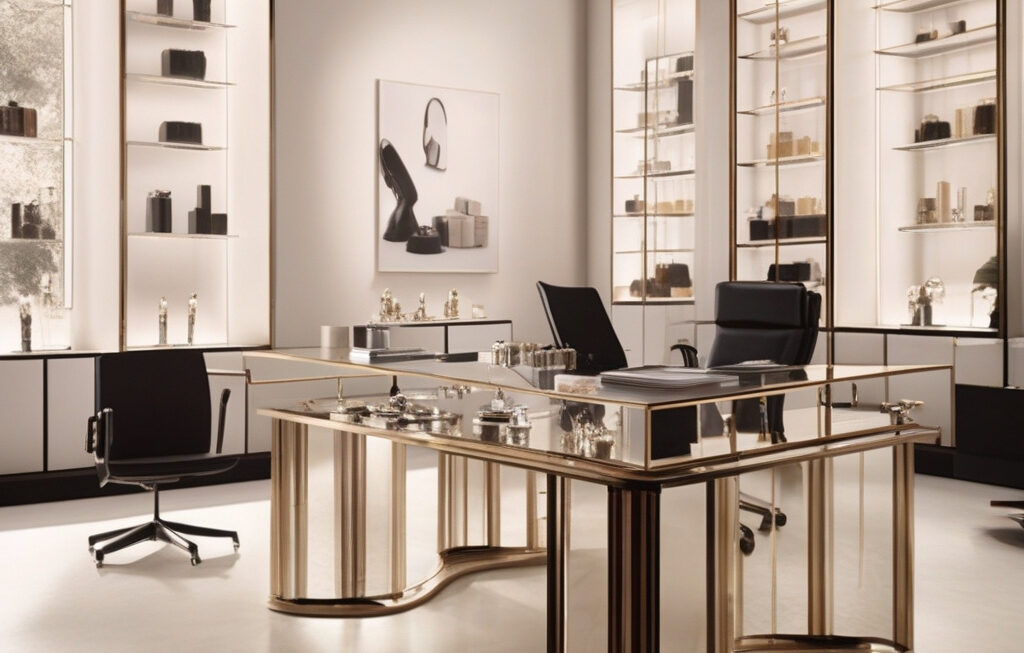Brands From Adidas to L’Oréal Confront Tariff Pricing Dilemma
In the ever-changing landscape of global trade, companies across various industries are facing the challenge of navigating the complexities of tariff pricing. From fashion powerhouses like Adidas to beauty giants such as L’Oréal, the specter of US tariffs looms large, prompting these brands to devise innovative strategies to mitigate potential financial repercussions and protect their bottom line.
The imposition of tariffs by the United States government has sent shockwaves through the business world, particularly in sectors where international supply chains play a crucial role. For consumer goods companies like Adidas and L’Oréal, which rely heavily on imported materials and components, the prospect of increased costs due to tariffs poses a significant threat to their profitability.
To address this dilemma, brands are exploring a variety of tactics to offset the impact of tariffs. One common approach is reevaluating sourcing strategies to minimize exposure to tariff-related expenses. By diversifying sourcing locations or renegotiating contracts with suppliers, companies can spread the risk across multiple markets and potentially reduce the overall cost impact of tariffs.
In addition to rethinking their supply chains, brands are also looking at pricing strategies to maintain competitiveness in the face of rising costs. Some companies have opted to absorb the tariff expenses themselves rather than passing them on to consumers, in an effort to retain market share and customer loyalty. Others have chosen to increase prices strategically, taking into account consumer sensitivity and competitive dynamics in the market.
Moreover, innovation is playing a key role in helping brands navigate the tariff pricing dilemma. By investing in research and development to find alternative materials or manufacturing processes, companies can reduce their reliance on imported components and mitigate the impact of tariffs on their cost structure. This proactive approach not only helps companies adapt to the current trade environment but also positions them for long-term success in an increasingly volatile global market.
One notable example of a brand successfully confronting the tariff pricing dilemma is Adidas. The sportswear giant has strategically adjusted its pricing and sourcing strategies to weather the storm of tariffs, demonstrating agility and foresight in the face of economic uncertainty. By proactively addressing the challenges posed by tariffs, Adidas has been able to protect its margins and sustain its competitive edge in the market.
Similarly, L’Oréal, the world’s largest cosmetics company, has implemented innovative measures to mitigate the impact of tariffs on its business. By optimizing its supply chain and pricing policies, L’Oréal has been able to navigate the complexities of the global trade landscape and maintain its position as a market leader in the beauty industry.
As brands from Adidas to L’Oréal continue to confront the tariff pricing dilemma, one thing is clear: agility, innovation, and strategic thinking are essential for success in today’s unpredictable business environment. By proactively addressing the challenges posed by tariffs and implementing creative solutions to protect their bottom line, companies can not only survive but thrive in the face of economic uncertainty.
#tariffs, #pricing, #brands, #innovation, #globaltrade












